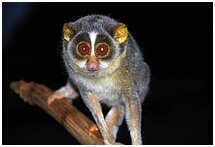Teenage Pregnancy and Stunted Children
International Food Policy Research Institute (IFPRI) study suggests children born to teenage mothers in India are more likely to be stunted than those born to adult mothers.
- India is home to more stunted children than anywhere else in the world and is one of the 10 countries with the largest burden of teenage pregnancy.
- The researchers analysed data from the fourth Indian National Family Health Survey.
- The research probed potential social, biological, and other factors that possibly contribute to early pregnancy and child stunting.
The Findings of the Study
- Compared to adult mothers, teenage mothers had poorer nutritional status, lower education, a lower likelihood of accessing prenatal health services, and poorer living conditions.
- Prevalence of stunting and underweight were found to be 10% higher in children born to adolescent mothers than in children born to adults.
- First-time adolescent mothers were on an average shorter and thinner than the first-time adult mothers.
- Anaemia among them was associated with reduced child growth
- Low-haemoglobin levels stem from iron deficiency. Foetal and postnatal iron deficiency results in a range of adverse consequences for mother and infant, including low birth-weight, impaired cognitive development and poor immune function.
- Poorer access to prenatal care services, missing out, for instance, on advice to eat iron-rich food.
- Poorer sanitation and living conditions, thus exposing their babies to infections that aggravate stunting.
- Consequences of Pregnancy in adolescence sometimes has fatal consequences.
- It also often results in school dropout, adversely affecting young women’s education, income, and health. It also significantly correlates with poor health outcomes for the resulting children.
Projections of the World Bank
- It indicates that 127 million Indian children under five years will be stunted by 2025 if current trends of teenage pregnancy continue.
- Increased risk of degenerative diseases such as diabetes, stunting greatly affects their future livelihood and a country’s economic progress.
- According to a World Bank estimate, stunting can reduce a country’s gross domestic product by up to 3%
Stunting is the impaired growth and development that children experience from poor nutrition, repeated infection, and inadequate psychosocial stimulation. Children are defined as stunted if their height-for-age is more than two standard deviations below the WHO Child Growth Standards median.
The International Food Policy Research Institute (IFPRI)
- It is a research centre of Consultative Group for International Agricultural Research(CGIAR), a worldwide partnership engaged in agricultural research for development.
- It provides research-based policy solutions to sustainably reduce poverty and end hunger and malnutrition in developing countries.
- Established in 1975, IFPRI’s vision is a world free of hunger and malnutrition. Its mission is to provide research-based policy solutions that sustainably reduce poverty and end hunger and malnutrition.
Way Forward
- Banning early marriage is the only solution that can banish teenage pregnancy and child stunting, the researchers say.
- Government policies and programs: designed to delay marriage can cash in on this mindset.
- It is possible to prevent the marriage of teenage girls in low and middle-income countries through interventions such as unconditional cash transfers, cash transfers conditional on school enrolment, and livelihood training.
- A strong law to prohibit early marriage is the necessity of time.
- In India, the legal marriage age of a girl is still 18, it should be reviewed in light of this report.
Wild Life Protection Act: Implementation and Failure
Recently, Chennai has emerged as a hotbed of global illegal animal trade. This, along with several incidences of poaching and trafficking of wildlife, raises question on efficacy Of Wild Life Protection Act ,1972(WLPA).
The issues in WLPA: Implementational Lacuna
- WLPA revolves around the Chief Wildlife Warden (CWLW), appointed under Section 4 of the WLPA. CWLW, are not full-filling their statutory duties comprehensively, as provided under the Act. Some of these instances are:
- The power of CWLW (under sec 18-26) to carry out settlement in protected area has not started even after 46 year.
- CWLW are empowered to take cognizance of destruction of wildlife , and regulate the inflow and outflow of water. But they are not acting on this front.
- The Section-27 and 28 provide for regulation of entry, registration of arm licenses and inoculation of cattle to ward off diseases. There is also almost total inaction in this direction.
- The amendment act of 2002 provided for confiscation of property derived from illegal hunting and trade by a confiscation tribunal. But investigation officer, confiscation officer and confiscation tribunal has not been appointed or created.
- There is a conflict between legislative intent of WLPA and Forest Right Act 2006, as the resource poor farmers and tribal generally come in conflict with wildlife animals as well as forest guard.
Institutional Capacity
- Forest guard are not given proper training, about problem specific to forest like species diversity, study of animal behaviour, landscape planning to cope with porosity and fragmentation, understanding of Zone of Influence, and knowledge of Animal Classification
- Forest guard are not given weapons. In case of conflict with poachers, they retreat.
- With increased population burden, the wildlife area, particularly the corridors are shrinking.
- The Wildlife Departments don’t have the space to house rescued animals till their release orders are issued by the court.
Lack of Coordination
- There is lack of integration between various agencies working for the protection of wildlife
- Conviction rate is dismal 2% for crime related to wildlife.
- Even with the increase in nefarious trade in wildlife, any control mechanism is not established at international border and transport facility.
- Due to lack of specialization, police and customs officers are not able to recognize tiger bones, which are exported with a different label.
- Police and judges are not sensitized to animal welfare or are aware of the laws and the seriousness of the crime.
- Police authorities and wildlife officers are found wanting, especially when it comes to handling, identifying and rehabilitating the live animals seized
Legal Impairment
- Section 11(2) of the wild life act that is self-defence or killing animals in good faith is exploited. When forest dweller is caught with killing animals, they claim this provision to get away with it.
- Punishment for crime in wildlife crime disproportionately low.
- Many exotic species are not covered under the Wildlife Protection Act, 1972, or the Convention on International Trade in Endangered Species of Wild Fauna and Flora (CITES) that regulates all commercial trade.
- In such cases, the courier is charged under the Customs Act and the Foreign Trade (Development and Regulation) Act for not having a no objection certificate (NOC) for their "goods". The courier is then let off after paying a penalty.
Assessment of WLPA
WLPA 1972 is one of the most robust acts on wildlife protection. The implantation created a condition in which wildlife thrived. Some of the facts related to quantitative aspects of wildlife are
| Befor WLPA | After WLPA |
|
|
Way Forward
- Wildlife animal definition in the WLPA, 1972 should be made more broad-based and in convergence with international emergent situation.
- The success of WLPA, or for that matter, any law depends on the constituents in any such programmes. There are many success stories in which local communities participated and saved wildlife. For example
- Gujarat: Maldharis , a nomadic tribe helped in conservation of Gir lions
- Nagaland: Naga Tribe, because of the help of this tribe, Nagaland is known as amur falcon capital of the world
- Rajasthan: Pastoral community of Thar Desert is conserving Great Indian Bustard
- Such models and participation needs to be replicated all over India.
India’s Waste Dumping Proposal Stands Defeated
A proposal by India to prevent developed countries from dumping their electronic and plastic waste into developing countries, was defeated at the recently concluded meeting of the Basel Convention in Geneva.
- The 14th meeting of the Basel Convention, which lays down guidelines on the movement of hazardous waste, concluded in Geneva on the 10th May, 2019 after two weeks of negotiations involving 187 countries.
- A key outcome of the meeting was an amendment to the Convention that includes plastic waste in a legally-binding framework, which would make global trade in plastic waste more transparent and better regulated, whilst also ensuring that its management is safer for human health and the environment. However, it does not bar countries from exporting various categories of plastic waste.
- Pollution from plastic waste, acknowledged as a major environmental problem of global concern, has reached epidemic proportions with an estimated 100 million tonnes of plastic now found in the oceans, 80%-90% of which comes from land-based sources.
Note: India’s laws currently don’t allow electronic and plastic waste to be imported into the country.
Basel Convention
- Adopted on March 22, 1989 by the Conference of Plenipotentiaries in Basel, Switzerland, the “Basel Convention on the Control of Trans-boundary Movements of Hazardous Wastes and their Disposal”, generally known as the Basel Convention, came into force in 1992.
- It is an international treaty that aims to reduce the movement of hazardous waste between countries.
- It particularly focuses on preventing transfer of hazardous waste from developed to less developed countries.
- It provides for cooperation between the parties, including exchange of information on issues relevant to the implementation of the Convention.
Basel Banking Norms
- Basel guidelines refer to broad supervisory banking standards formulated by the group of central banks called the Basel Committee on Banking Supervision (BCBS).
- The Committee's Secretariat is located at the Bank for International Settlements (BIS) in Basel, Switzerland.
- BIS fosters cooperation among central banks with a common goal of financial stability and common standards of banking regulations.
- Banks in India have to implement the Basel III norms (third in the series of Basel Accords) as per the guidelines issued by the RBI from time to time.
Synthetic Genome
Researchers at the Medical Research Council Laboratory of Molecular Biology in Britain reported that they had rewritten the DNA of the bacteria Escherichia coli.
- Synthetic genome is four times larger and far more complex than any previously created. Scientists have created a living organism whose DNA is entirely human-made. It is perhaps a new form of life and a milestone in the field of synthetic biology.
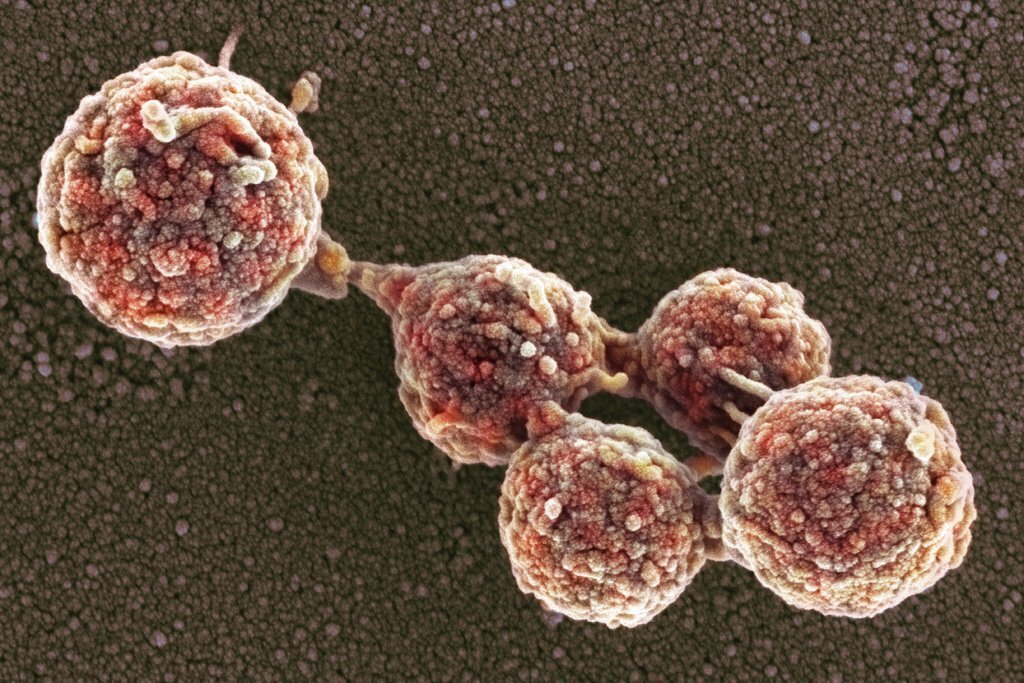
- The bacteria are alive, though unusually shaped and reproducing slowly. But their cells operate according to a new set of biological rules, producing familiar proteins with a reconstructed genetic code.
- Each gene in a living genome is detailed in an alphabet of four bases, molecules called adenine, thymine, guanine and cytosine.
- Genes direct cells to choose among 20 amino acids, the building blocks of proteins, the workhorses of every cell. Proteins carry out a vast number of jobs in the body, from ferrying oxygen in the blood to generating force in our muscles.
History of a Synthetic Genome
- Researchers built a synthetic genome in 2010, that was one million base pairs long. The new E. coli genome is four million base pairs long and had to be constructed with entirely new methods.
Potential Use
- Many companies today use genetically engineered microbes to make medicines like insulin or useful chemicals like detergent enzymes. If a viral outbreak hits the fermentation tanks, the results can be catastrophic. A microbe with synthetic DNA might be made immune to such attacks.
- Recoding DNA could also allow scientists to program engineered cells so that their genes won’t work if they escape into other species. It creates a genetic firewall.
- Researchers are also interested in re-coding life because it opens up the opportunity to make molecules with entirely new kinds of chemistry. Beyond the 20 amino acids used by all living things, there are hundreds of other kinds.
- A compressed genetic code will free up codons that scientists can use to encode these new building blocks, making new proteins that carry out new tasks in the body.
- Achievement one day may lead to organisms that produce novel medicines or other valuable molecules, as living factories. These synthetic bacteria also may offer clues as to how the genetic code arose in the early history of life.
Challenges
- Synthesizing the DNA in a lab from four million base pairs long genome and substituting synthetic genes for those made by evolution was a daunting challenge.
- The genome was too long and too complicated to force into a cell in one attempt. The researchers built small segments and swapped them piece by piece into E. coli genomes.
- The bacteria grow more slowly than regular E. coli and develop longer rod-shaped cells.
- Tacking bases together to make genomes remains enormously costly.
Pradhan Mantri Fasal Bima Yojana’s Failure in North East
Out of ₹1,400 crore earmarked annually for the north-eastern States under the Centre’s flagship Pradhan Mantri Fasal Bima Yojana, only ₹8 crore — or just over half a per cent — was actually spent last year.
- Four north-eastern States — Arunachal Pradesh, Nagaland, Manipur and Mizoram — are not covered under the scheme at all.
- The lack of coverage has left thousands of maize farmers devastated by losses from the fall armyworm pest in the Mizoram without any hope of insurance.
Reasons
- States in the Northeast face challenges such as the lack of interest by insurance companies and the lack of State budgetary resources to pay their share of the premium.
- Insurance companies have been reluctant to bid for these States, as the administrative costs are high.
- There are no proper land records and also historic yield data is not available for these States, particularly at the gram panchayat and block level.
- It is difficult to conduct CCEs (crop-cutting experiments) needed for many horticulture crops. CCEs are conducted to obtain fair, precise and accurate estimate of the yield of crops.
- Insurance companies are also not interested because the coverage is so limited. There are low number of loanee farmers in the Northeast, except in Assam.
- Lack of forecasting infrastructure has also hampered the penetration of this weather-based insurance scheme in these states.
To make insurance companies serve farmers in the north eastern states, effective marketing of the farm produce is required. Also, state governments either need to go with the PMFBY scheme or have to have their own set of schemes for the sake of farmers.
Pradhan Mantri Fasal Bima Yojana (PMFBY)
- The Pradhan Mantri Fasal Bima Yojana was launched on 18th February 2016.
- The scheme is being administered by the Ministry of Agriculture and Farmers Welfare.
- It provides a comprehensive insurance cover against failure of the crop thus helping in stabilising the income of the farmers.
- The Scheme covers all food & oilseed crops and annual commercial/horticultural crops for which past yield data is available and for which the requisite number of Crop Cutting Experiments (CCEs) are being conducted under the General Crop Estimation Survey (GCES).
- The prescribed premium is 2% to be paid by farmers for all Kharif crops and 1.5% for all rabi crops. In the case of annual commercial and horticultural crops, the premium is 5%.
- On paper, there is no upper limit on subsidy by the government, which bears the expense even if the balance premium is 90%.
- The scheme is compulsory for loanee farmers availing Crop Loan /KCC account for notified crops and voluntary for others.
- The scheme is implemented by empanelled general insurance companies. The selection of the implementing agency (IA) is done by the concerned State Government through bidding.
Important Facts For Prelims (17th May 2019)
World Hypertension Day
- The day is celebrated on May 17 every year to promote awareness about hypertension and encourage people to prevent and control this silent killer.
- The theme this year is ‘Know Your Numbers’ with a goal of increasing awareness about high blood pressure (BP).
- Hypertension is the leading preventable cause of death worldwide. According to the National Family Health Survey, which screened 22.5 million people across India in 2017, one out of every eight Indian suffers from hypertension.
Hypertension
- Hypertension occurs when a person’s arterial blood pressure is consistently elevated above a certain level. It is commonly known as high blood pressure.
- Having a high blood pressure simply means that the heart has to pump harder than what is considered as normal to supply blood around the body.
- High blood pressure is often termed a 'silent killer' as it has no symptoms until organs in the body are seriously affected.
- Undetected and untreated, it leads to problems in the functions of major organs and serious complications such as heart attacks, stroke and other diseases which can eventually lead to disability or death.
- High blood pressure can be treated with medicines, dietary changes and physical activities like walking, cycling and jogging.
Seshachalam Biosphere Reserve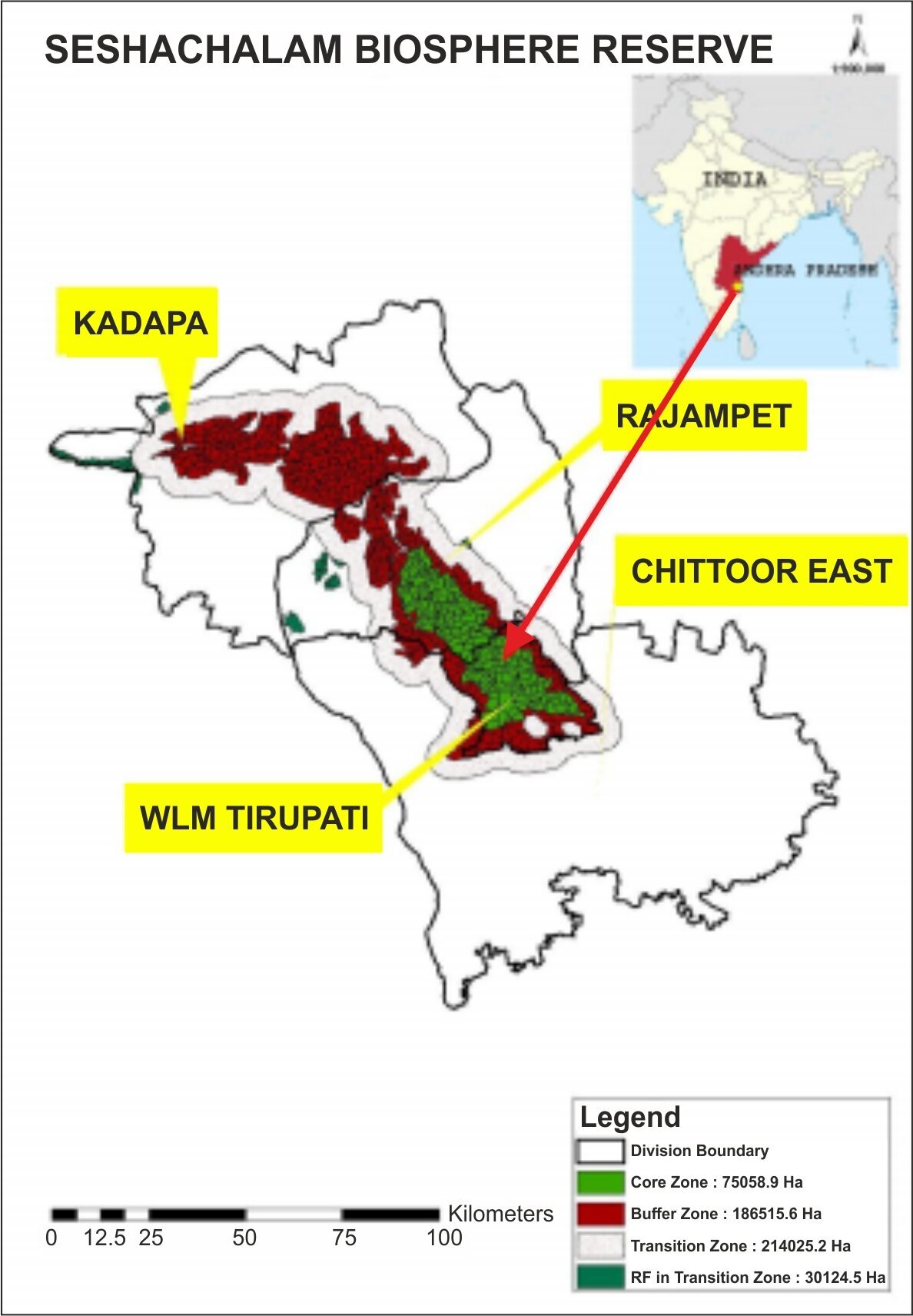
- With rising summer temperature, the wild animals in the Seshachalam biosphere are being forced to enter the forest fringe villages to quench their thirst.
- Forest officials have spotted even the shy and endangered species like slender loris and pangolin near human habitation.
- Seshachalam hills, the first Biosphere Reserve in Andhra Pradesh, is located in southern Eastern Ghats of Chittoor and Kadapa districts.
- It was designated as Biosphere Reserves of India in 2010.
- It is the richest floristic hot spot harboring many endemic and rare plants.
- Flora:
- The reserve is a home for nearly 1756 species of flowering plants.
- It has large reserves of Red Sandalwood (Pterocarpussantalinus) which is used in medicines, soaps, spiritual rituals.
- Fauna:
- The faunal composition represents the Deccan Peninsular zone of bio-geographic classification of India.
- The forests of the reserve harbor certain highly endangered wildlife species, like slender loris, indian giant squirrel, mouse deer, golden gecko, etc.
- Tigers, leopard, elephants , sloth bear, Indian wolf , wild boar, chinkara, four-horned antelope, chital and sambar, ibex, pig, bonnet monkey, mongoose, wild dogs, pangolin, bison, jackal, fox, civet cat, jungle cat, lizards are some of other animals commonly found roaming in this area.
NOTE: There are total 18 biosphere reserves in India out which 10 are a part of the World Network of Biosphere Reserves based on the UNESCO Man and the Biosphere (MAB) Programme.
- Slender Loris is a small, nocturnal primate, commonly found in the tropical scrub and deciduous forests as well as the dense hedgerow plantations bordering farmlands of Southern India and Sri Lanka.
- IUCN has listed them as Endangered, whereas they are listed under the Schedule I of the Wildlife (Protection) Act of India, 1972.
Pangolin
- Pangolins are unique among mammals in having large keratin scales covering their body.
- When threatened by predators, pangolins roll into a ball, presenting their hard scales to the enemy.
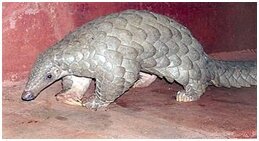
- Pangolins lack teeth and feed entirely on ants and termites; their extremely long and sticky tongue which extends into the abdomen is an adaptation for this purpose.
- There are two species of Pangolins found in India, the Indian Pangolin (Manis crassicaudata) and the Chinese Pangolin (Manis pentadactyla).
- Indian Pangolin occurs sporadically throughout the plains and the Himalayan foothills to southern India, whereas Chinese Pangolin found in the north-eastern part.
- Both the species are listed under Schedule I of the Wildlife (Protection) Act of 1972.
- IUCN lists the Indian Pangolin as 'Near Threatened’ and the Chinese Pangolin as 'Endangered'.
IMDEX Asia Maritime Event
- Recently, India participated in the three-day Asia-Pacific naval and maritime event, ‘International Maritime Defence Exhibition Asia (IMDEX Asia-2019)’, held in Singapore.
- IMDEX Asia is Asia Pacific's one of the premier international maritime defence shows.
- After IMDEX, India will participate in the 26th edition of the Singapore India Maritime Bilateral Exercise (SIMBEX) scheduled from May 16 to 22.
- SIMBEX is the longest uninterrupted naval exercise that India has with any other country.
Kalamkari
Kalamkari is a popular hand-painted or block-printed cotton textile art practised in Andhra Pradesh.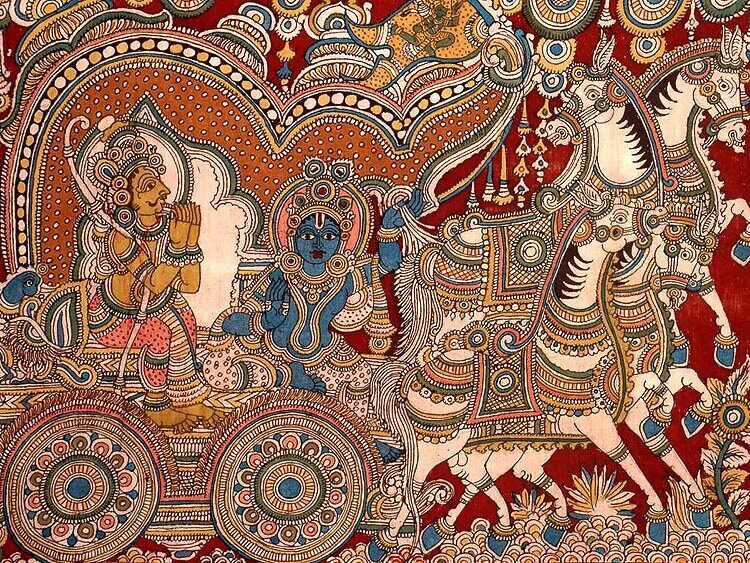
- Kalamkari represents a unique art of painting cotton fabrics with a Kalam (pen) which is generally done using a sharp, pointed pierced bamboo which regulates the flow of colour on the fabric.
- The name Kalamkari originates from two Persian words, namely Qalam (Kalam or pen) and Kari (craftsmanship).
- Kalamkari art is considered unique as it uses natural colours as a vibrant medium for portraying mythological characters from epics like Ramayana and Mahabharat.
- There are two identifiable styles of Kalamkari art – Srikalahasti style (Chittoor district) and Machilipatnam style (Krishna district).
- In the Machilipatnam style of Kalamkari, motifs are essentially printed with hand-carved traditional blocks with intricate detailing painted by hands.
- On the other hand, Srikalahasti style of painting draws inspiration from the Hindu mythology describing scenes from the epics and folklore.
Declaration of incorrect election expenses by MP
Recently, Election Commission has issued show-cause notices to two Congress candidates who lost the Madhya Pradesh Assembly polls in December 2018 for presenting allegedly incorrect accounts of expenses.
- Candidates have to file their statements of election expenses within 30 days from the date of election to the District Election Officer (DEO). Once submitted, the statements are verified by the DEO and state CEO and forwarded to the EC.
- Section 10A of the Representation of the People Act (1951), deals with failure to lodge one’s account of election expenses.
- If candidates, elected or otherwise, do not file their account of expenses within the time and in the manner prescribed by EC then they, on being proved guilty, can be disqualified for a period of three years from the date of the order.
Indian Deities Worshipped in Japan
- Recently, a film ‘Indian Deities Worshipped in Japan’ made by an eminent Asian cultural histochirian Benoy K Behl, highlighted inter-cultural relations between India and Japan.
- Most people are not aware that at least a score of Hindu deities are very actively worshiped in Japan.
- The 6th century Siddham script is preserved in Japan, though we do not use it in India.
- This Sanskrit script from India is found in practically every home of Japan. ‘
- Beejaksharas’, or sacred syllables of Sanskrit in this script are regarded as holy and are given great importance.
- Each deity has a ‘Beejakshara’ and these are venerated by the people.
- The tradition of ‘havan’ (Hindu fire sacrifice) continues in thousands of temples of Japan. Sanskrit sutras are also chanted on the occasion.
- Many words in the Japanese language are from Sanskrit.
- Sanskrit was also the basis for the formation of the Japanese alphabet ‘Kana’.
Starlink
- Starlink is a SpaceX project to build a broadband network with a cluster of orbiting spacecraft that could eventually number thousands.
- It is based on a new flat-panel design, with krypton-fueled plasma thrusters, high-power antennas, and a capability to autonomously steer away from other objects in space.
- According to SpaceX. stacked together inside the payload shroud of a Falcon 9 rocket, the 60 satellites weigh 15 tons (13,620 kilograms), making the cargo launch the heaviest ever lifted into orbit by it.
- The Starlink satellites carry Hall thrusters, which use electricity and krypton gas to generate an impulse, to manoeuvre in orbit, maintain altitude and guide the spacecraft back into the atmosphere at the end of their mission.
- Hall thrusters provide a more fuel-efficient form of propulsion than conventional liquid propellants, but most satellites that use hall thrusters consume xenon gas.
- The satellites also host optical trackers to detect space debris, allowing the craft to autonomously avoid collisions with other objects in space.
- Concerns: SpaceX and other would-be commercial broadband providers to launch thousands of new satellites into orbit have raised questions about traffic management.
- Amazon is looking to join the race to provide broadband services from satellite constellations.
- Applications: To connect end users with low-latency, high-bandwidth broadband services by providing continual coverage around the world using a network of thousands of satellites in low earth orbit.
- This mission will push the operational capabilities of the satellites and is expected to encounter issues along the way, but it is key to developing an affordable and reliable broadband service in the future.
Sasakawa Award
- The United Nations Office for Disaster Risk Reduction (UNDRR) conferred Sasakawa Award 2019 for Disaster Risk Reduction to Pramod Kumar Mishra.
- He received an award in recognition of his long-term dedication in improving the resilience of communities most exposed to disasters and his personal commitment to social inclusion as a critical principle to reduce inequality and poverty, enhancing the safety net of the socially and economically marginalized.
- About Sasakawa Award
- This UN award is given to an individual/institutions that have taken active efforts in reducing disaster risk in their communities and advocates for disaster risk reduction.
- The award was announced at ongoing 6th Session of Global Platform for Disaster Risk Reduction (GPDRR) 2019 at Geneva.
- The theme of the 2019 Sasakawa award was "Building Inclusive and Resilient Societies".

